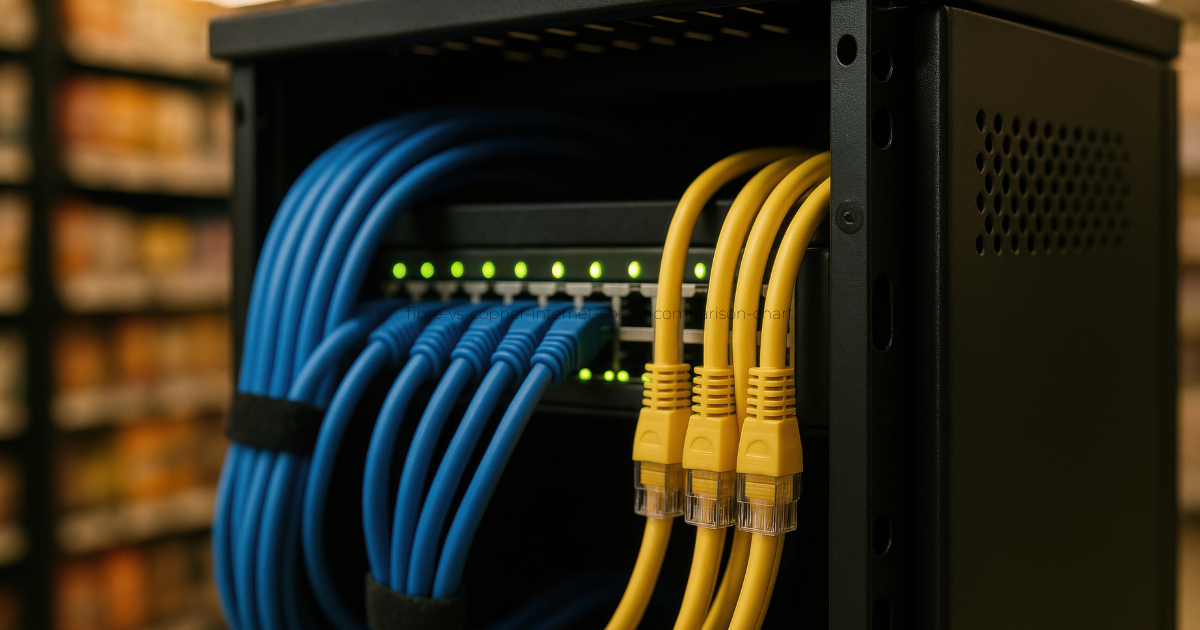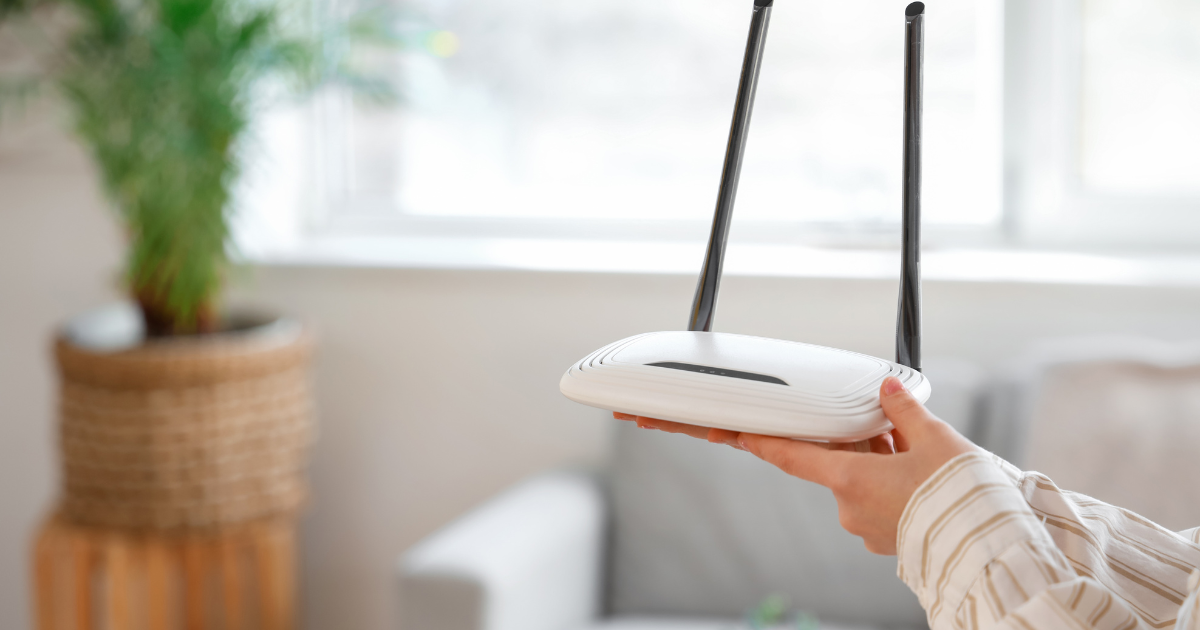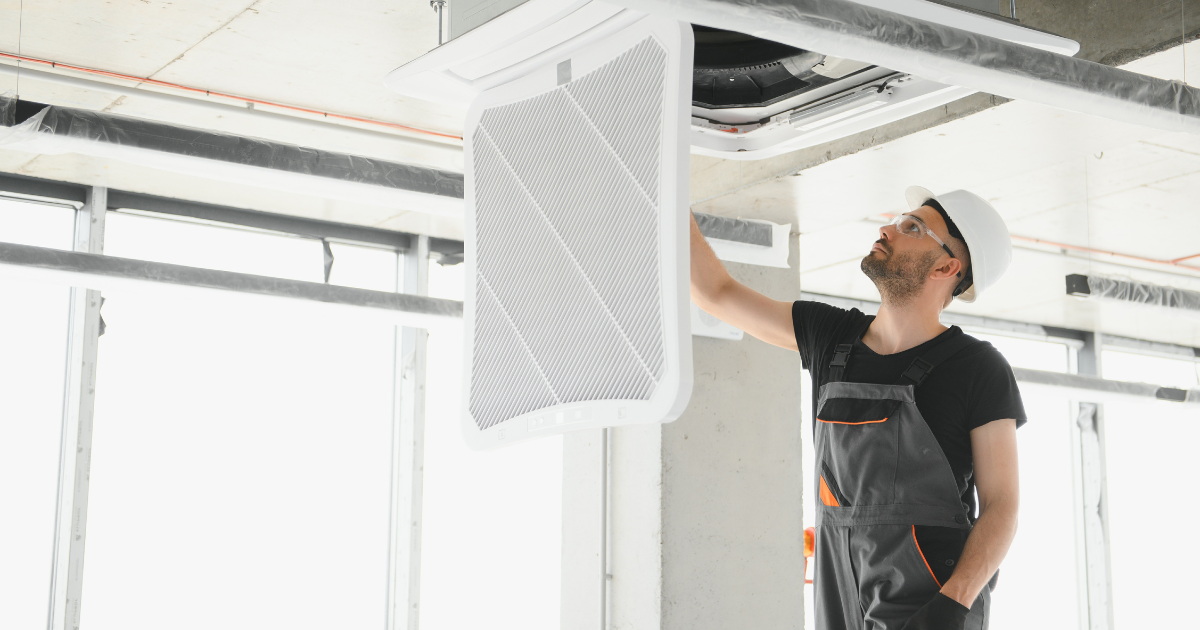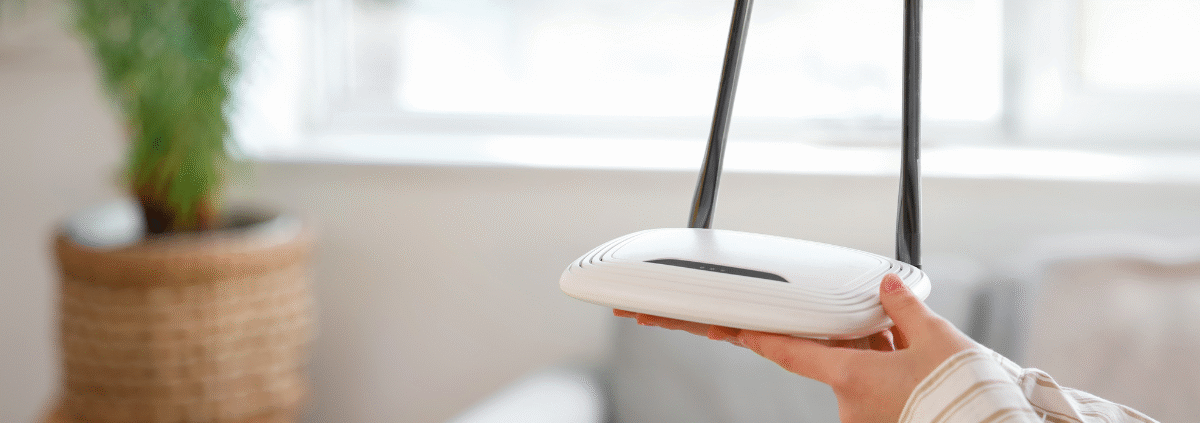Wi-Fi Cabling Problems: The Hidden Reason Your Wireless Network Is Slow
Slow or unreliable Wi-Fi is one of the most common frustrations in offices, shops, and customer-facing spaces. When speeds drop or connections fail, most people immediately blame the router or internet provider — but the real problem often lies deeper.
Hidden behind walls and ceilings, your network cabling plays a crucial role in how well your wireless system performs. Outdated, poorly installed, or damaged cables can create serious Wi-Fi cabling problems — limiting speed, causing dropouts, and preventing access points from reaching their full potential.
In this post, we’ll explain how cabling directly affects Wi-Fi performance, the telltale signs of a wiring issue, and how to diagnose and fix the problem before it impacts your business.

Why Cabling Matters to Wi-Fi
Every Wi-Fi access point (AP) in your building connects to your main network through data cables — usually Cat6 or Cat6a. Those cables carry the internet signal from your switch to each AP, and then your wireless devices connect to that AP.
If the cables feeding your access points are old, damaged, or low-grade, your Wi-Fi will never perform properly, no matter how many new routers you buy.
Common cabling-related Wi-Fi issues include:
- Bottlenecks: Old Cat5e cables limit throughput to 1 Gbps or less.
- Signal loss: Poor terminations or cable runs over 100 metres reduce speed and cause packet drops.
- Interference: Cables running alongside power lines can pick up electrical noise.
- Access point placement: Without well-planned cabling routes, APs often end up in the wrong places for even coverage.
The Link Between Wired and Wireless Speed
Think of cabling as the motorway that delivers data to your wireless “roundabouts.” If there’s congestion or poor road quality at the wired layer, every wireless connection beyond it slows down.
For example, a modern Wi-Fi 6 access point can deliver speeds of more than 1 Gbps — but only if it’s connected to the network via a Cat6a or better cable that supports 10 Gbps throughput. Connect that same AP through an ageing Cat5e cable, and the performance instantly drops to the cable’s maximum.
The result? Staff and customers think the Wi-Fi is “bad,” but in truth, the infrastructure underneath is holding it back.

Symptoms That Point to a Cabling Issue
If any of these sound familiar, your cabling could be the reason:
- Wi-Fi works fine in some rooms but not others.
- Speeds are fast when close to the router but drop quickly elsewhere.
- Wireless printers, card machines, or smart devices keep disconnecting.
- You’ve upgraded your broadband and router, but there’s no real improvement.
- The network room or rack looks messy, tangled, or unlabelled.
Even professional-grade routers can’t overcome bad cabling. A short site visit and cable test can quickly confirm if your wiring is at fault.

How to Fix Wi-Fi Problems at the Cabling Level
-
Check the Cable Category
If your cabling is more than 10 years old, it may still be Cat5e. Upgrading to Cat6a ensures full 10 Gbps support and better shielding.
-
Inspect Cable Runs
Cables that exceed 100 metres or pass near electrical cables can cause interference. Certified installers can test each run for signal loss and compliance.
-
Upgrade Patch Panels and Switches
Even if the cabling is solid, outdated network switches or patch panels can throttle performance. Match the hardware to the new cable standard.
-
Re-position Access Points
Adding or relocating access points can balance coverage, but always plan new cable routes first to ensure reliable power and data delivery.
-
Request Professional Testing and Certification
A Fluke-tested cabling network comes with documented proof of performance. It’s the only way to guarantee that your Wi-Fi problems aren’t hiding deeper in the wiring.

The Business Case for Fixing Cabling-Related Wi-Fi Issues
Unreliable Wi-Fi affects far more than convenience. It impacts:
- Customer experience: Slow payments or dropped guest connections.
- Productivity: Cloud apps and VoIP calls constantly buffering.
- Security: Staff connecting to random hotspots to get work done.
- Energy use: Equipment working harder to compensate for weak signals.
A one-time cabling upgrade pays for itself through faster work, happier customers, and fewer IT headaches.
FAQs: Data Cabling and Wi-Fi Performance
Q1: How do I know if cabling is the cause of poor Wi-Fi?
Look for uneven coverage, random dropouts, or slow speeds even after router upgrades. A certified cable test will confirm the issue.
Q2: Will replacing my router fix it?
Not necessarily. Routers only perform as well as the cables feeding them. If your backbone cabling is outdated, no router can overcome that bottleneck.
Q3: Can I mix Cat5e and Cat6 cables on the same network?
Yes, but performance will be limited to the lowest cable type in the chain. For reliable Wi-Fi, keep everything Cat6 or above.
Q4: How often should cabling be tested?
Ideally every three to five years, or whenever you upgrade network hardware. Regular checks catch faults early.
Q5: What’s the best cable type for business Wi-Fi?
Cat6a is the current standard for high-speed, interference-resistant networks and works perfectly with Wi-Fi 6 access points.




